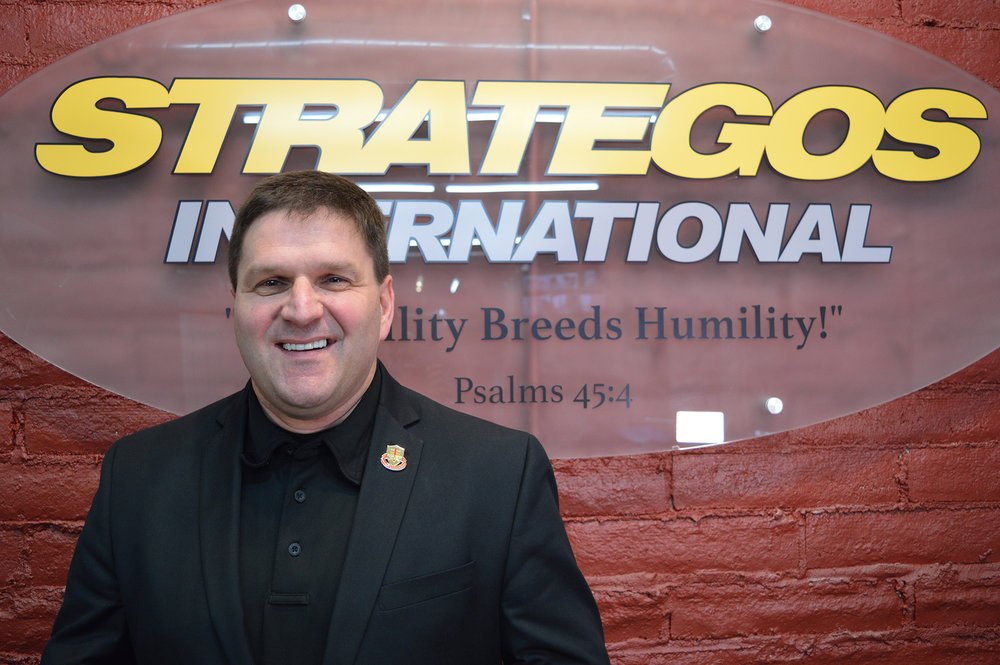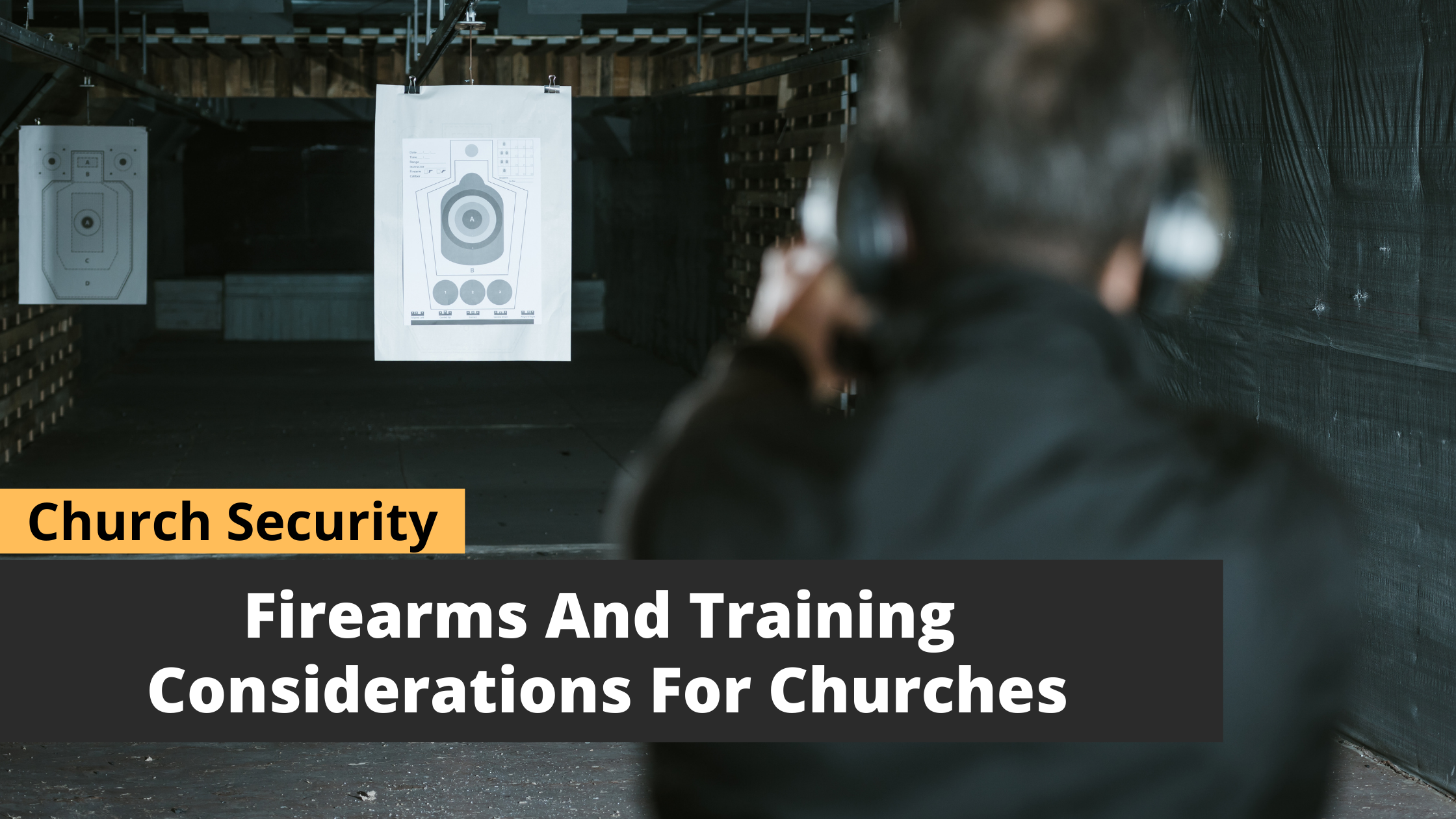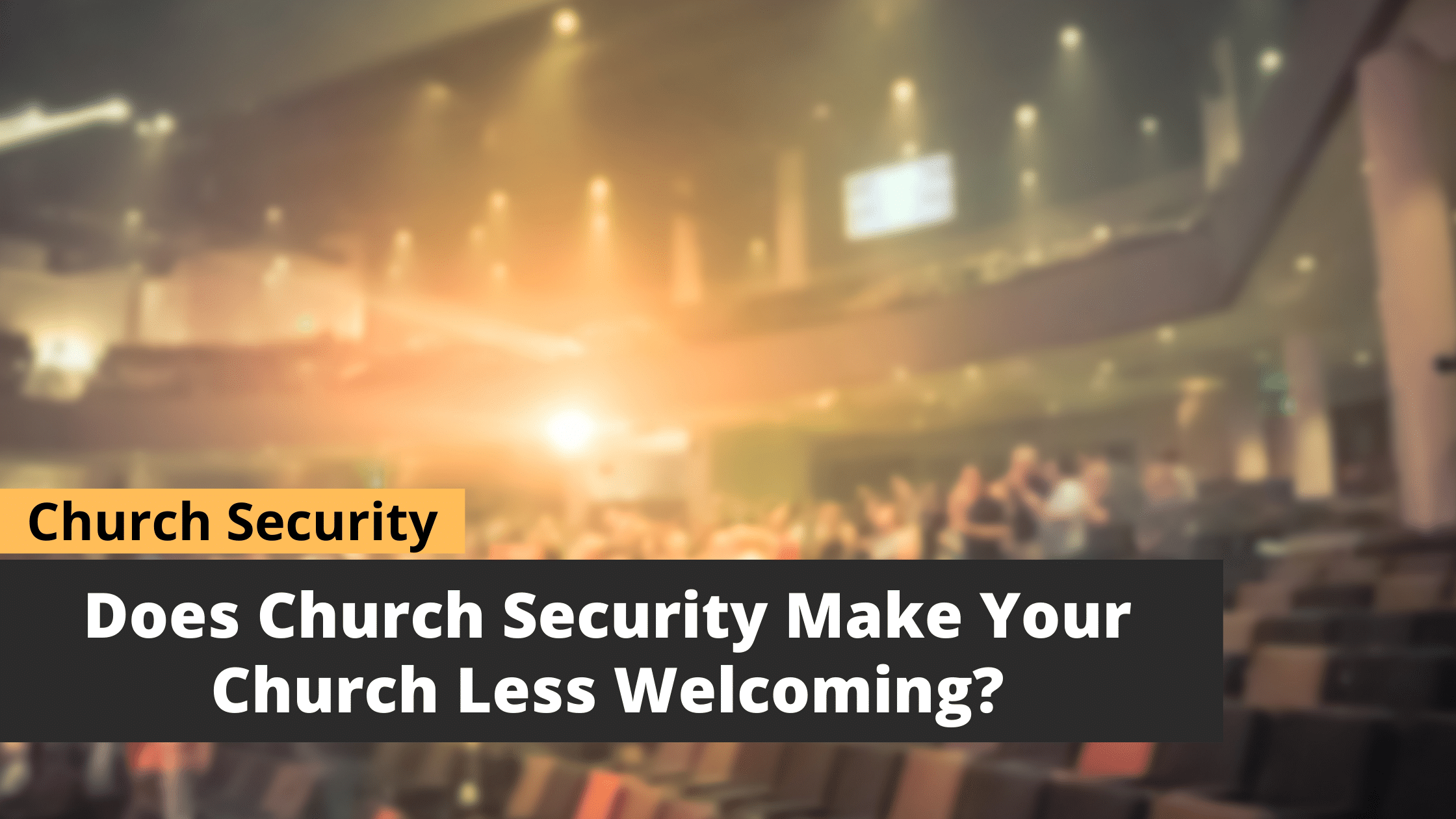Workplace Violence
Workplace Violence: What Are the Odds?

In less than a minute, your office can go from a place of business to a crime scene. If you could do something, would you?
If you’re a number cruncher, you may be tempted to take the government’s statistics and calculate the odds of an attack on your workplace. If you did, you’d probably conclude it’s unlikely. However, is this the end of the story?
We don’t think so.
If a violent incident happens at your place of business, statistics will be of no consolation.
Fires, tornadoes, snowstorms and hurricanes are unlikely (statistically speaking) to kill people. Yet we take numerous precautions against them. Why should it be different with workplace violence?
To make wise decisions about security, we must not only consider the odds of an attack, but the consequences of being unprepared.
“But we have a happy workplace.”
Perhaps you have a great corporate culture and people enjoy working at your company. The thought of an employee showing up with a gun seems inconceivable. But this sentiment misunderstands the reality of workplace violence.
“Many shootings are motivated by factors outside the workplace – namely conflicts in personal relationships.”
One in four women report being a victim of domestic violence. A worker may have split from her domestic partner and moved to an unlisted address. But her ex knows where she works. Numerous workplace shootings have resulted from this scenario. People outside the interpersonal conflict are often caught in the crossfire.
Who are the shooters?
In addition to motivations, we must also understand the identity of potential attackers. They aren’t just the people under your roof – or even their family members. They could be:
- Criminals with no connection to your workplace. If an employee discovers a burglary in process, violence may ensue.
- Disgruntled customers or vendors.
- Former employees, including those who were terminated or laid off.
- Ideological attackers (political, religious, anti-religious, etc.).
What are the triggers?
The marketplace is increasingly competitive and volatile. Numerous psychological triggers can be the “last straw” that leads to violence. These include:
- Layoffs and fear of them
- Reorganizations and mergers
- Changing technology
- Economic downturns
- Employee reprimands or poor performance reviews
- Difficulty in interpersonal relationships
- Abusive management
- Understaffing and overwork
Where do attacks happen?
There’s a false dichotomy about safety in small towns vs. big cities. Workplace attacks (it is wrongly thought) happen in California or metropolises such as Chicago and New York, but not on Main Street USA. In fact, mass shootings are actually more common in towns of fewer than 10,000 residents.* They can even happen at a lawnmower manufacturing plant in small town Kansas.
That’s where an employee of Excel Industries in Hesston (population 3,709) went on a multi-city commute of terror, killing three people and wounding 14. After shooting an elderly woman in the company parking lot, he stormed inside and opened fire.
The attacker even hit the city’s responding chief of police. But Chief Doug Schroeder battled through his injury and shot and killed the gunman.
The bottom line?
In less than a minute, your office can go from a place of business to a crime scene. If you could do something, would you?
When it comes to preparedness, you don’t have to go from zero to 100 mph in six seconds. If you must, start small, then keep taking steps forward. Something is better than nothing. And that something may be what stops an attack.
“Fortune favors the prepared mind.”
*According to reports from the U.S. Department of Education, the U.S. Secret Service and the FBI.
Vaughn Baker is the president of Strategos International. He has 20 years of experience in law enforcement including patrol, investigation, SWAT and special operations. He has trained thousands of school, health care, government, law enforcement and military personnel. Vaughn has also developed specialized intruder response curriculum for schools and churches. He has created some of the nation’s leading training on behavior pattern recognition. Vaughn is also the author of The Church Security Handbook.






